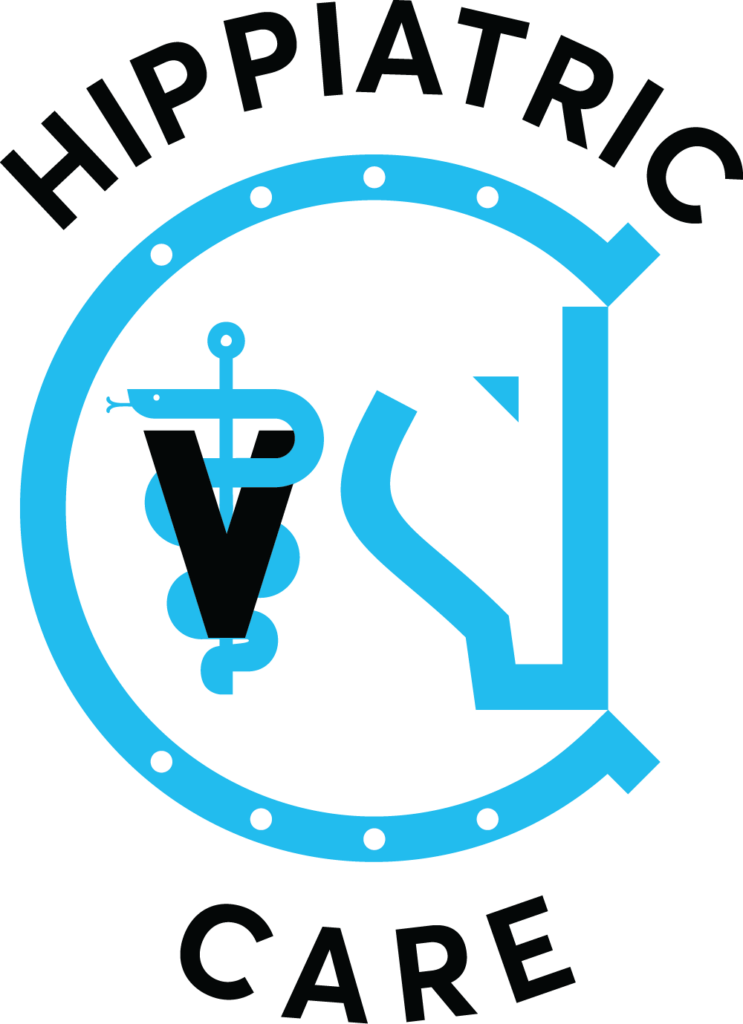Poor Performance
 
POOR PERFORMANCE
Reduced athletic performance is one of the most common complaints expressed by horse owners. Typically, the owner will report that the horse is stiff on one side, unwilling to move forward, struggling to clear a double hurdle – but not a single one, becomes tired or changes behavior after a few minutes of riding, performs at a lower level than expected or cannot perform exercises with the same ease as it did in the past. All of the above cases are examples of poor performance.
Whether it is a horse for leisure riding or a horse for high-performance sports, it is important to have proper functioning and harmonious cooperation of all parts of its body. Often, the symptoms of poor performance are wrongly attributed to the horse’s “bad character” or an inexperienced rider. Also, sometimes these symptoms are overlooked and be presented as insignificant even by professionals.
The causes of poor performance are many. For this reason, a careful and thorough examination of the horse is necessary in order to identify them.
Some of the causes of reduced performance are:
- Wrong nutrition, poor training, poor saddle fitting, rider and horse’s fitness level, and of course, the possibility of the owner’s expectations to be ultimately higher than the horse’s abilities.
- Abnormal movement. There are dozens of pathological conditions that can negatively affect the horse’s movement. Orthopaedic diseases are the main cause; however, cases of neurological aetiology, myopathies or incorrect shoeing are not rare.
- Back problems. We mention it as a separate category, as it is one of the most common causes of poor performance. Many times, back problems are secondary. Orthopaedic diseases lead to abnormal movement of the horse, resulting in the muscles of the back being overloaded and eventually causing pain to the horse. Usually, by treating the underlying problem, the back pain also subsides.
If after repeated treatments, the problem persists, then you should consider whether the cause of the problem originates from somewhere else.
- Respiratory diseases. Anything that restricts the lungs from taking in sufficient amounts of oxygen can affect the horse’s performance. Infections, allergies, larynx hemiplegia, pulmonary haemorrhage are common respiratory conditions that that can cause reduced performance.
- Cardiovascular diseases. Usually, their presence is difficult to detect by the owners, while incorrectly, even by professionals, they are considered of minor importance. The body’s reduced ability to send sufficient amounts of oxygen usually manifested with mild symptoms, such as reduced stamina, or less frequently, with more severe symptoms, such as ataxia and syncope. Cardiac murmurs and arrhythmias may appear suddenly or worsen over time, while diagnosis requires, in addition to careful auscultation, cardiac ultrasound and electrocardiogram.
- There is a plethora of other medical conditions that can negatively affect a horse without necessarily having visible signs of disease. Characteristic examples include gastric ulcers, electrolyte imbalances, ovarian cysts, Cushing’s syndrome, anhidrosis, chronic infections, liver disease, dental problems, as well as many other conditions.
Proper evaluation of whether a horse’s performance is actually below expected, and which pathological conditions are responsible for it, is a difficult puzzle that requires an experienced veterinarian with broad knowledge of pathology and physiology and often takes time and requires additional diagnostic tests.
If you suspect that your horse is performing below expectations, do not hesitate to contact us.
